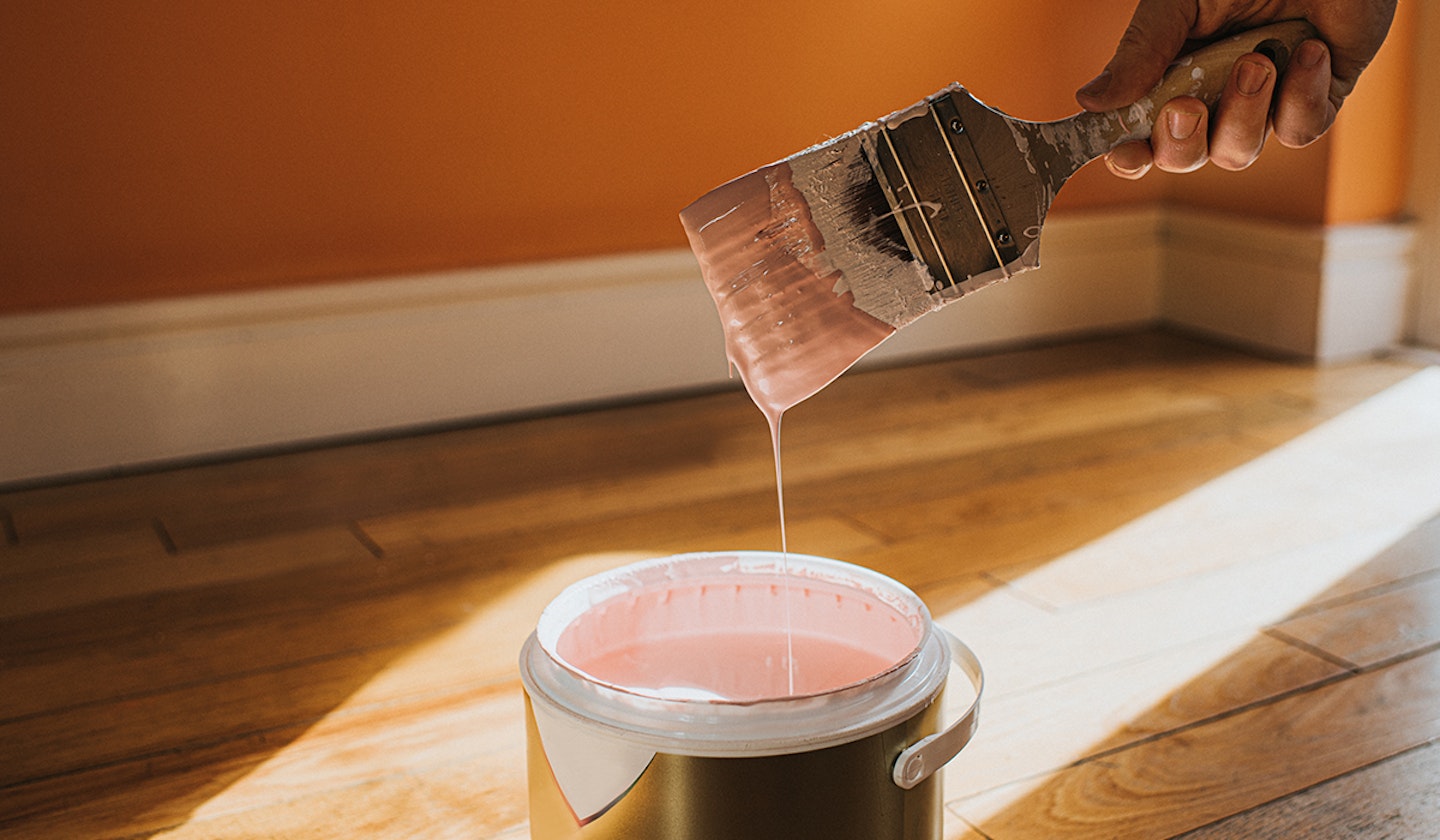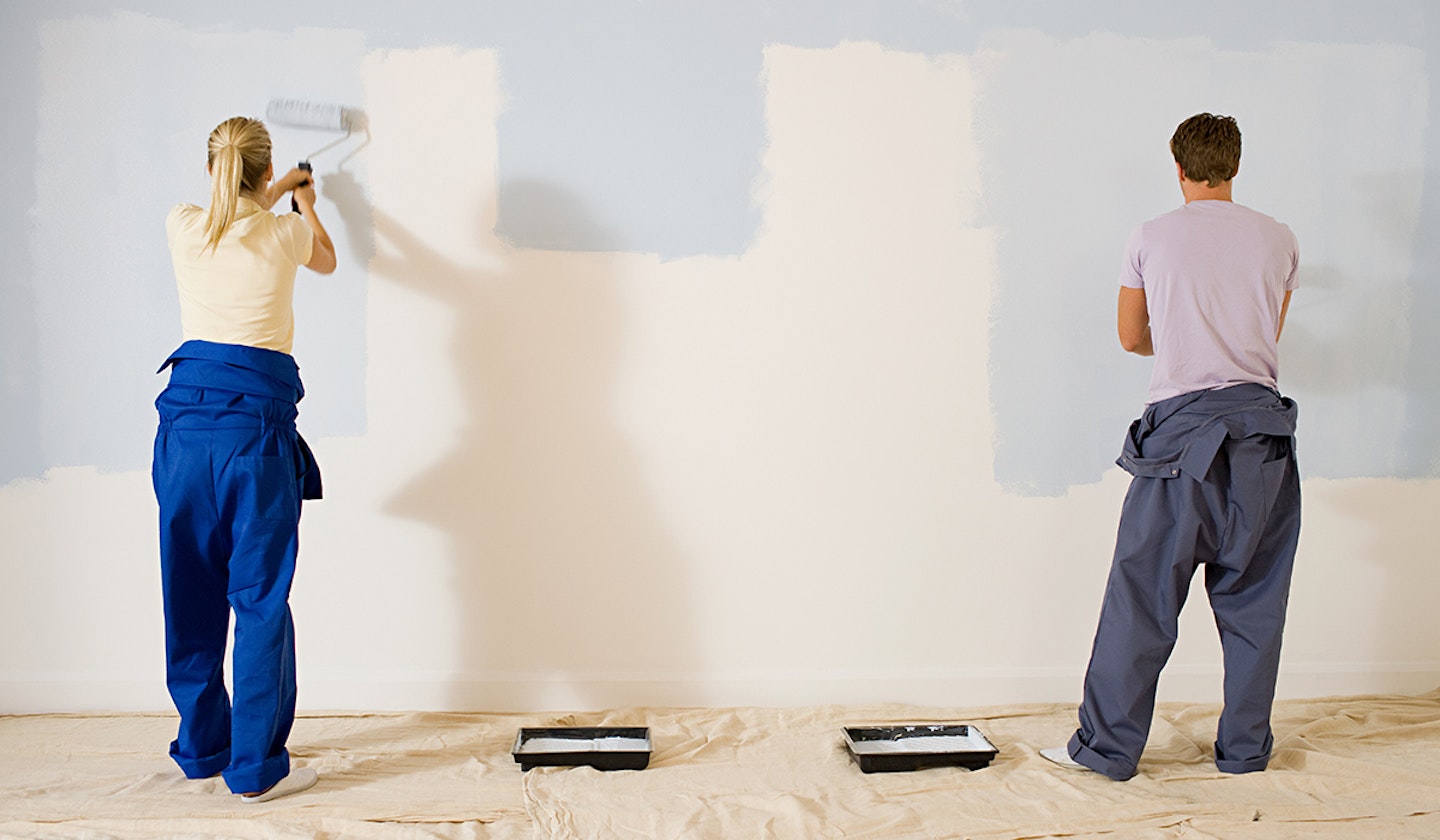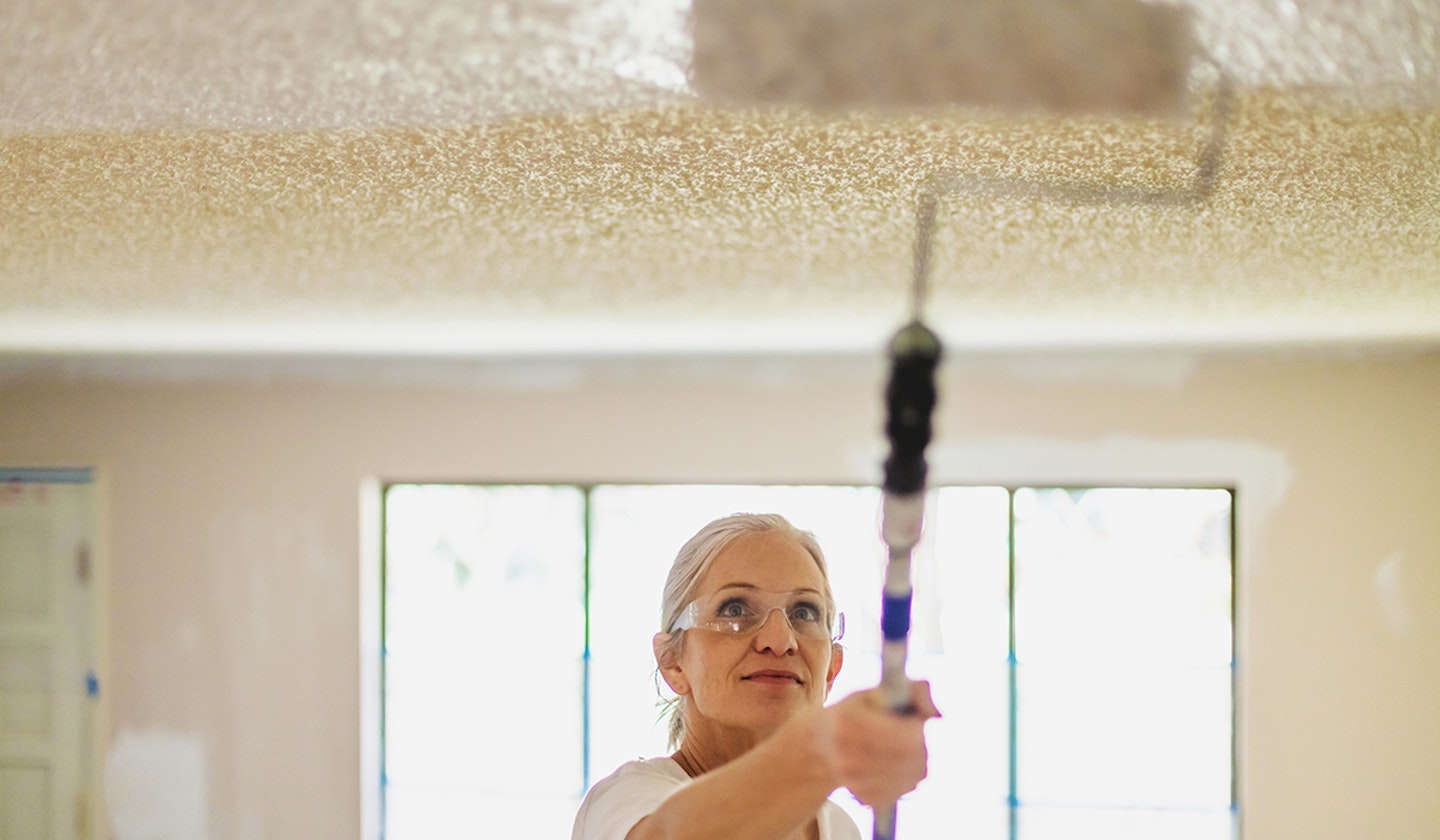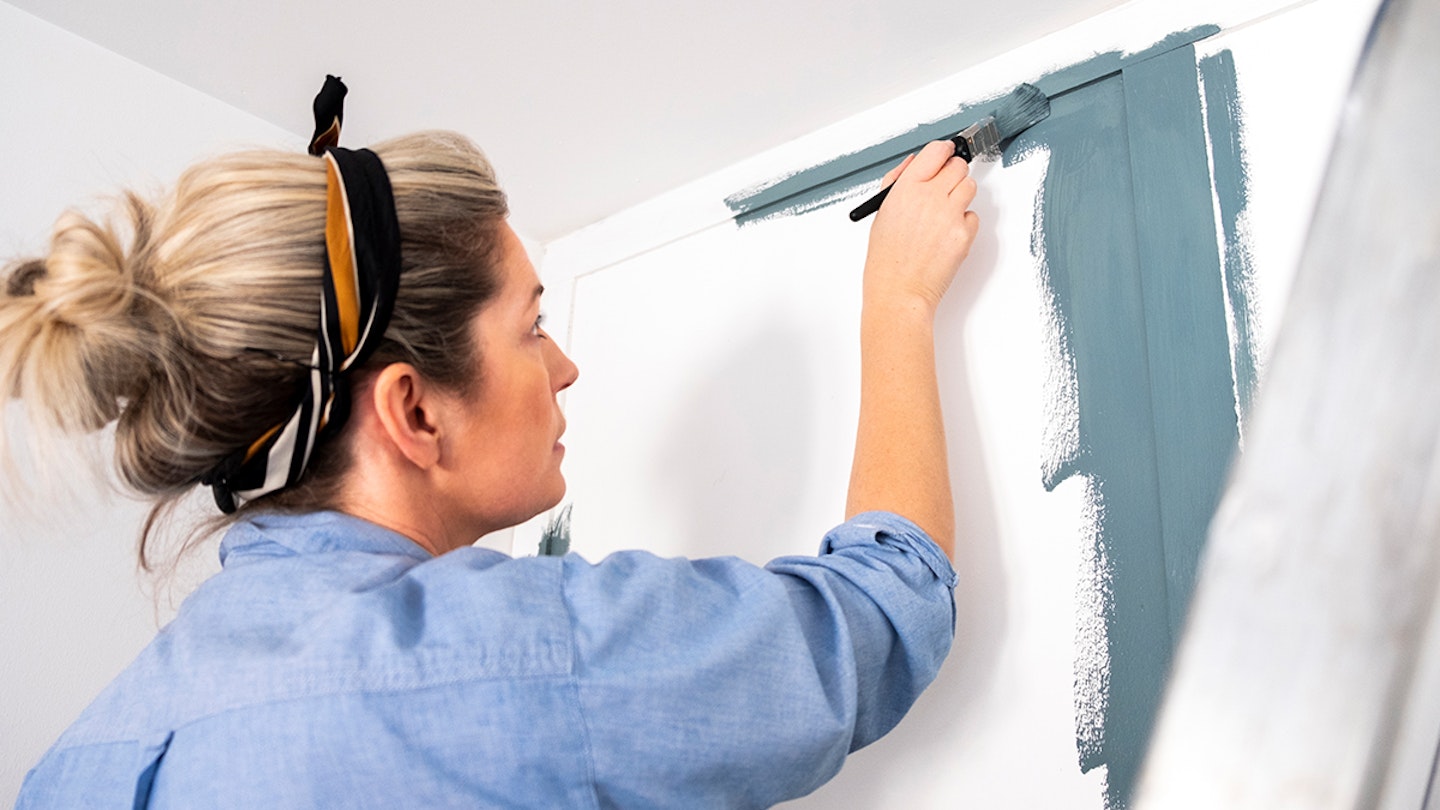While it's well worth the effort in the end, it can be difficult to know where to start when it comes to painting your home.
Whether you're a newbie or you've been doing it a while, we could all do some help now and again. That's why co-founder of Coat Paints and Paint Expert Rob Green has shared his top tips below so you can ensure you work efficiently and that the results are as professional as possible.
General painting tips
Sand shiny or rough
You want an even surface to paint on to get a smooth finish. If you have a bumpy, glossy (shiny) or heavily painted surface, sand it before painting (180 grit, check the back of the sandpaper). Give it a quick clean and you’re away.
Choose quality
It can be tempting to stock up on cheap buys. But unfortunately these don’t necessarily mean value for money. Cheap brushes don’t cover the walls as well and low-cost paint proves difficult to apply and damages easier. Sometimes shopping smart isn't shopping cheap.
Remove switch covers
Avoid getting paint on wall switches by removing the covers altogether. Simply unscrew them to make sure they’re pristine and unmarked once you’re done. You'll thank yourself later.
Go for two coats
It might be tempting to just put a single coat of paint on and call it a day, but to get the best colour and a finish that lasts 2 coats are always recommended. The second coat is always quicker.
Keep corners light
Avoid too much paint collecting or running in corners by ‘pushing’ paint into any angles where walls or woodwork meet. Do this by dragging the brush slowly a couple of times.

Light up the woodwork
Before painting skirting boards or other types of woodwork get a bright light and examine the wood for any small dents. Circle them with a pencil and fill them in before painting.
Damp cloth at the ready!
Get rid of residue paint from glass windows, skirting or window sills with a damp cloth. Use it in combination with decent decorating tape to get those clean lines and wipe up any paint that has overrun.
Cover
Paint and brushes can dry out in the tin or tray if they’re left out for a while. You can avoid this by covering them with a lid or damp cloth when not in use.
Do the skirting last
Following the logic of start at the top and finish at the bottom, make sure you paint any skirting and trim last so it doesn’t get any rogue paint spatter on it.

Wall painting tips
• If you have wallpaper that you want to paint over, just make sure it’s stable (not peeling anywhere) and there aren’t any metallic or glossy finishes on the paper. If this is the case I’d suggest taking the paper off. You can either use a wallpaper stripper or stripping knife. If a few scraps are clinging on you can soak them with a sponge and hot water to soften the area.
• For previously painted walls, take a look for any lumps and bumps or flaking paint areas. You can scrape these back to a solid edge, then apply some wall filler. Once it’s dry, use a piece of 180grit sandpaper to rub the area back to a smooth finish. Be a bit careful if your current paint is a glossy or silk finish. If this is the case I’d recommend either giving the wall a rub down to ‘key’ the surface or using a specialist primer to ensure your paint topcoat adheres properly, painting on shiny stuff isn’t ideal.
• To get the cleanest lines, tape along your skirting, door frames and down any edges or detail. You can use our eco decorating tape or a good quality tape, don’t scrimp otherwise you’ll pay for it when you lift it up and the paint has found its way underneath. Once you’ve taped it out just run your finger along the top edge to make sure it’s fully down, nice and straight.

Ceiling painting tips
• Paint the ceiling first. Painting above first stops drips falling onto just-painted walls, or being left with the fine mist from rollering a ceiling.
• Don’t be afraid of choosing the same pale or neutral shade for the walls and ceiling. It can help to bring the ceiling in, so it feels nice and cohesive. A white ceiling can create somewhere new to draw the eye, so for bedrooms in particular the same pale shade all over can create a restful space. Think about warm neutral colours or soft pastels.
• Darker colours absorb light, so in bedrooms for example they can soften the hard outline of a room making it feel cosier. Almost like a comfy cave. Taking those darker colours onto the ceiling as well can enhance that feeling, bringing the ceiling closer to avoid stimulating the eyes with a different shade. In living spaces with really high ceilings, this look feels super dramatic too.
• The best ceiling paint is a good quality Matt Emulsion. There’s a bit of a trend happening around Soft Sheen Emulsion paints on the ceiling too - that means shiny paint. No longer banished to the 80’s, shiny emulsion paint bounces light around the room and actually looks pretty cool. Paint a ceiling in it and you’ve got a whole new dimension - so it's well worth considering.
Popular articles to read next
The best paint for wooden floors, crafts, furniture and more!
